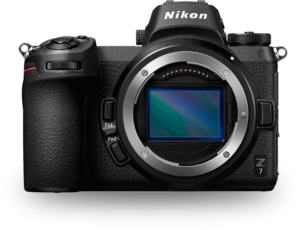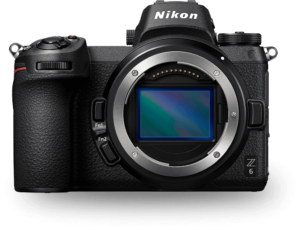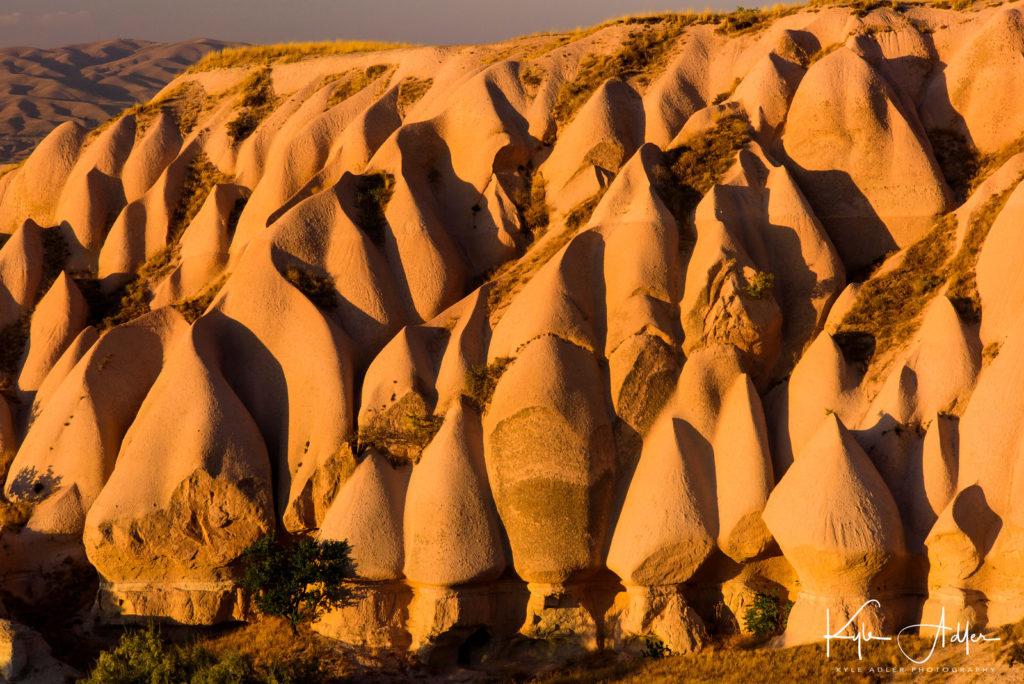“When someone shows you who they are, believe them the first time.” ~Maya Angelou
I have long believed that travel equates to growth; that we cannot know our place in the world until we have experienced the lives of people in many different places. Of all the joys of travel photography, to me the greatest is having the chance to meet people from very different backgrounds, to get to know them for a few minutes or for much longer, and to collaborate with them to make memorable images.
A recurring theme in this forum will be how to use our cameras as a bridge to learn about and to share insights into other cultures. But the emphasis of this particular post is on the technical elements of creating portraits. These techniques apply as well to shooting portraits across the street from our home as to making great people images halfway around the world.
Most portraits that we see published in magazines or photography books were made in the studio, where the photographer has complete control over the lighting and background, and often is working with a professional model. But when we’re traveling, there’s often only a moment after getting to know a person and receiving their permission to photograph them, during which to set up our gear and shoot. We have to live with whatever lighting is available and often must make do with a cluttered background. To make this portrait of a woman enjoying a coffee break at a carpet-weaving collective in Turkey, I wanted to give the image a soft, flattering look and to bring out the rich, saturated colors of her clothing. I chose a smaller than usual aperture to provide greater depth-of-field, so that the old house itself became part of the environment. To accommodate the soft and dim natural indoor lighting, I used a higher ISO setting and a slower shutter speed.
 This portrait set in a weaving collective in Turkey evokes a sense of place and a mood of quiet repose. Buy this photo
This portrait set in a weaving collective in Turkey evokes a sense of place and a mood of quiet repose. Buy this photo
While trekking in Nepal, we stopped to rest at a teahouse where these two sisters were also taking a break along their journey. I wished them “Namaste,” or well wishes, and they responded with a traditional hand gesture of greeting. This image was made long before the digital era on a film camera with a normal lens and natural lighting only (had I had a flash unit handy, it would have helped to bring out the girls’ hair against the dark background). I love the warmth of the girls’ expressions and the simple but bright colors of their dresses set off against the black background of the teahouse’s interior.
 A friendly welcome from these two young sisters at a rural teahouse in Nepal. Buy this photo
A friendly welcome from these two young sisters at a rural teahouse in Nepal. Buy this photo
Sometimes we want to tell the viewer more about our subject than what is possible in a simple close-up portrait. An environmental portrait allows us to include more than just the subject by zooming out and bringing in other elements. I photographed this maker of traditional Turkish instruments in his workshop while he tested a nearly-completed Bağlama, surrounded by other partially made instruments. To my eye, the resulting portrait is more compelling than a close-up because it shows the subject in his environment. To make this portrait, I used a wider focal-length and a narrower aperture so as to have more of the environmental elements in the frame and in focus.
 An environmental portrait of a maker of traditional Turkish musical instruments. Buy this photo
An environmental portrait of a maker of traditional Turkish musical instruments. Buy this photo
A portrait doesn’t have to portray a stock-still person posing for the camera. Some of my favorite portraits evoke a strong sense of motion. I made this portrait of a samba dancer during the Carnaval San Francisco annual parade by getting in close and shooting with a medium-length telephoto lens set to a small aperture to soften the background. I used a fast shutter speed to freeze the action (although sometimes a slower shutter speed can be used to create a nice blurred effect). In post-processing, I cropped the image to further isolate the dancer and emphasize the grace of the motion.
 This dancer in a Brazilian Samba krewe was captured in a tight composition that was further cropped in post-processing to give a strong sense of motion. Buy this photo
This dancer in a Brazilian Samba krewe was captured in a tight composition that was further cropped in post-processing to give a strong sense of motion. Buy this photo
Keep an eye on the total composition when framing a portrait. It’s more than just a matter of framing the subject within the image: other considerations include the background and the overall flow of the viewer’s eye across the image. In this portrait of the proprietor of Maria’s Cafe in rural Cuba, I composed the image to use the brightly colored door, balcony, staircase, and tree to frame the subject herself.
 Composing a portrait involves thinking about the background and the viewer’s overall experience in looking across the image. Buy this photo
Composing a portrait involves thinking about the background and the viewer’s overall experience in looking across the image. Buy this photo
A really good portrait should tell a story about the subject. Here, Cuban tobacco farmer Benito relaxes in his drying barn with a cigar he just rolled from his tobacco harvest. I got in close and used the natural light of his cigar lighter and the diffused sunlight within the barn, with no flash added.
 This portrait of a Cuban tobacco farmer tells a story about who he is and what he does. Buy this photo
This portrait of a Cuban tobacco farmer tells a story about who he is and what he does. Buy this photo
Consider the angle from which you shoot a portrait, as it has a strong influence on the emotional response of the viewer. Most of the time we want to shoot a head shot or head-and-shoulders shot from a height midway between the top and bottom of the image, but to make this portrait of sisters on the outskirts of Arusha, Tanzania, I chose to shoot from slightly above. It’s a fine line between giving a sense of vulnerability and causing the image to seem condescending, but I like this photo in part because I feel the unusual vantage point evokes a strong sense of emotion.
 An unusual shooting angle can enhance a portrait, but be careful not to overdo this effect. Buy this photo
An unusual shooting angle can enhance a portrait, but be careful not to overdo this effect. Buy this photo
Another rule meant to be broken is freezing the action of a portrait’s subject. During a fitness photoshoot with my friend Crystal, I shot mostly with a fast shutter speed to freeze her while she worked out. But for this image, we wanted a blurred effect to create a sense of her forward motion while running, so I used a slower shutter speed.
 A slower shutter speed can be used to give more sense of motion to a rapidly moving subject. Buy this photo
A slower shutter speed can be used to give more sense of motion to a rapidly moving subject. Buy this photo
Sometimes a perspective change can work wonders for a portrait. In this image of the chief of a remote village in Swaziland, I got down low and shot with a wide-angle lens to portray her in the context of the hut behind her and the gourds she holds in her hands. A wide view in a portrait can lead to less-flattering likenesses, so this effect should be used sparingly.
 A wide-angle lens and unusual perspective shooting from low to the ground lend this portrait of a Swaziland village leader a sense of connection to the place. Buy this photo
A wide-angle lens and unusual perspective shooting from low to the ground lend this portrait of a Swaziland village leader a sense of connection to the place. Buy this photo
A note on gear: My go-to portrait lens is the Nikon 85mm f/1.8G lens. This is a classic portrait lens and provides a flattering perspective and great image quality when your subject is a human. I use it for nearly all of my portrait work these days. But this lens also shines for nature and action photography where you don’t need a really long focal length. It renders really lovely “bokeh,” or the soft quality of the out-of-focus parts of the image.
Which of your portraits do you find most memorable, and why? How did you create them? Please share your thoughts here.
Please read this post for my essential tips on how to photograph people while traveling: Post on Travel Portraiture.

























 As photographers, we want to ensure the colors in our final images reflect as best we can the original colors we perceived when first framing the scene. With proper color-calibration of the display screens we use to process our images, we can keep the colors as true and accurate as possible.
As photographers, we want to ensure the colors in our final images reflect as best we can the original colors we perceived when first framing the scene. With proper color-calibration of the display screens we use to process our images, we can keep the colors as true and accurate as possible. 




















































































































































